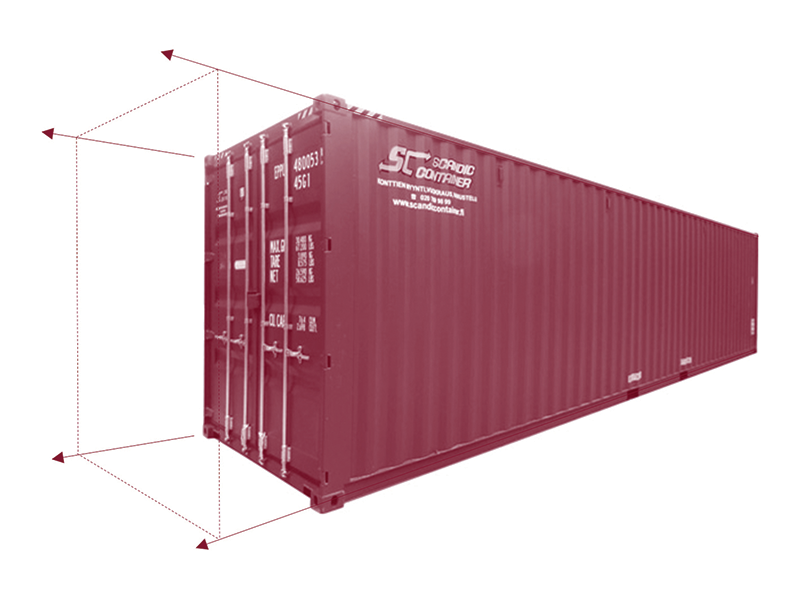Battery sizing: oversize, augment, reduce or repower?

Battery sizing: oversize, augment, reduce or repower? How big is too big? Fliss Jones and the Everoze storage team want to settle the matter, once and for all.
- Does my battery look big in this? There's no doubt that size is sensitive. Industry is split. On one side are those who prefer the voluptuous, substantially oversizing their battery assets upfront. Others argue for a "˜lean and mean' approach, planning to augment and possibly even repower later on as needed.
But who is right? It's complex because sizing affects so many different aspects of storage project development and operation. So, we pulled together the Everoze storage team into one room "“ a team which has collectively conducted storage site inspections, simulations of battery usage, EPC contract sup port and Financial Model reviews. We also brought in colleagues who pioneered the Life Extension Assessment Framework (LEAF) for renewables. And we asked one simple question: what is the best approach to battery sizing: to oversize, augment, reduce and/or repower?
This feature summarises the Everoze position.
1. What are the four strategies, exactly?
First off, let's make sure we're all talking about the same thing. Here are Everoze's definitions:
Oversize: Install more batteries upfront than is necessary to deliver the intended revenue stack at the beginning of life.
Augment: Supplement existing batteries with additional new ones.
Reduce: Reduce service offered from project in line with degrading energy capacity.
Repower: Replace all onsite batteries, and potentially balance of plant too. These strategies are not mutually exclusive; in fact, two or more are often combined within a project's life.
2. What is the objective?
Definitions sorted, the next step is to define the objective. In short, why is a developer interested in MWh capacity? There are two common objectives, often combined:
i. To anticipate degradation: Every project needs a plan for dealing with degradation. MWh capacity of batteries inevitably decrease with time and usage, so the costs of dealing with this must be considered in the project's base case.
ii. To enable a revenue stack reset: Many projects additionally seek to retain the option to increase the energy-to-power ratio of storage plant longer term, to facilitate a possible revenue stack reset. Unlike degradation compensation, this is not an essential objective. Instead, it's a futureproofing consideration, which might be either a base case or upside scenario. To frame this another way, when we talk about battery sizing, we need to be clear on what is the service to be delivered (current and future, base case and possible) and over what period of time? Oversizing is normally proposed as a solution for degradation only; it is less commonly proposed for revenue stack resets, because oversizing requires certain upfront capex, whereas the reset is a possibility rather than a certainty. By contrast, augmentation and repowering can be motivated by degradation anticipation or revenue stack resets, or both.
3. So "“ which strategy is best?
Each strategy strikes a different balance in the trade-off between near-term cost and longer-term technical complexity.
Let's take augmentation as an example. The pros include deferred capex, and the ability to exploit anticipated cost reductions in batteries down the line. In addition, augmentation means that you only ever pay for the capacity you need, in case your revenue stack reset never happens. These are huge benefits. But getting augmentation right requires a hands-on owner. Old and new battery cells need to be on separate strings, and that has implications for inverters, cabling, layout and the Energy Management System. There may be planning risk if extra containers are needed. Outages should be anticipated and quantified. And what's less often appreciated is that "˜lean and mean' systems experience faster degradation too, due to cycling and state of charge patterns. Our team concluded that there's no single "˜right' strategy. But rather than fob you off with the classic "˜it depends' cop-out, we've mapped out some pragmatic guidance. We identified the two key drivers of sizing strategy as being (a) how confident an investor is in the flexibility market, and (b) the investor's risk appetite; though we note that other parameters may also be influential. See our summary 2-by-2 matrix below:
4. Plan plan PLAN
Although multiple approaches are viable, let's be clear: this isn't a case of "˜anything goes'.
Far from it. Another clear outcome from our workshop was the absolute necessity for upfront preparations during project development. For example, spontaneous augmentation in Year 5 will cause a real headache if your original design didn't anticipate this in its layout, inverter configuration and cabling routes. Simply put, you need a plan that is both (a) technically credible and (b) consistent with the Financial Model. Is the degradation analysis robust? Has optionality been built into planning and land options? Does the EPC design reflect the intended approach? We could go on.


































